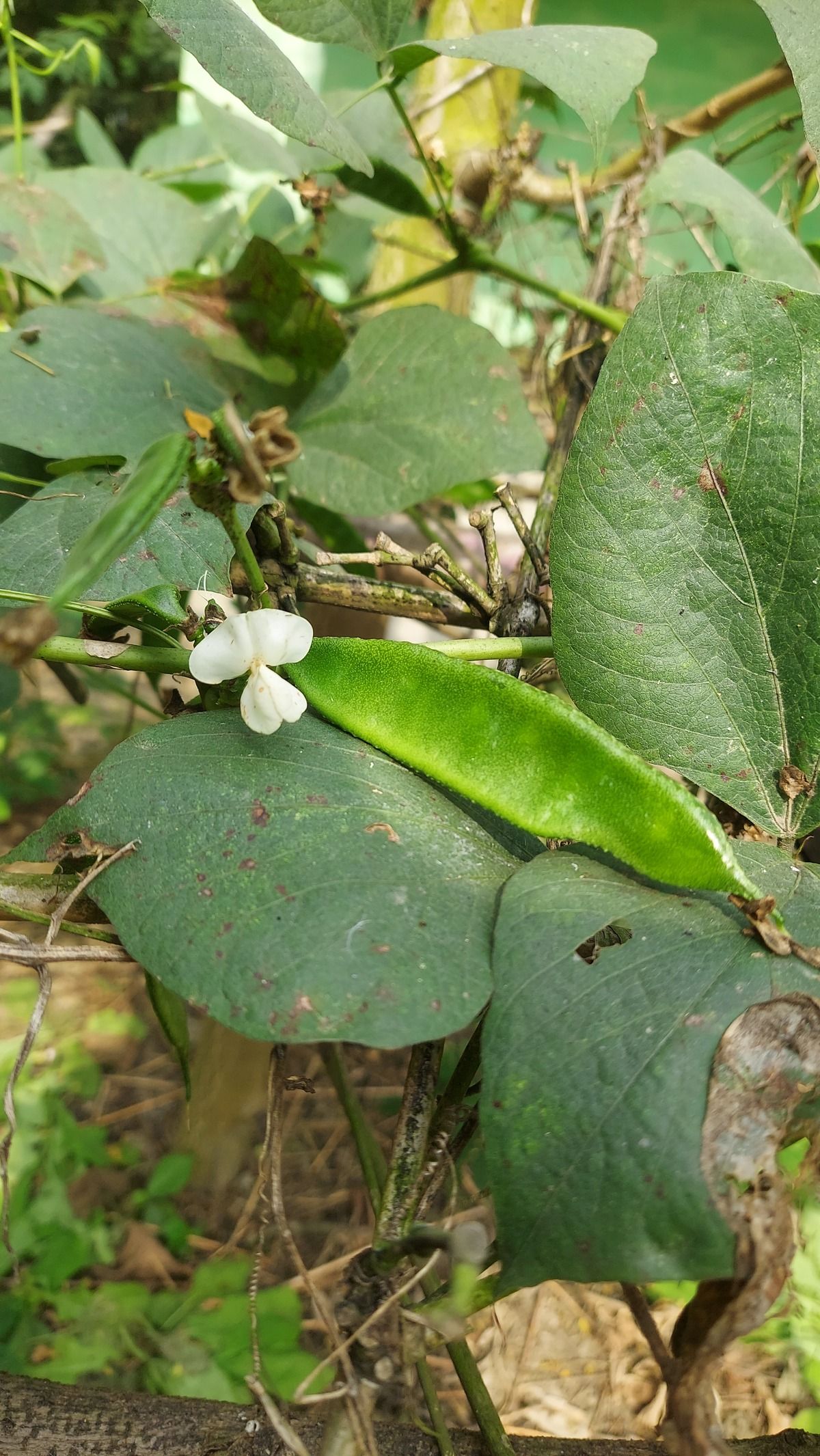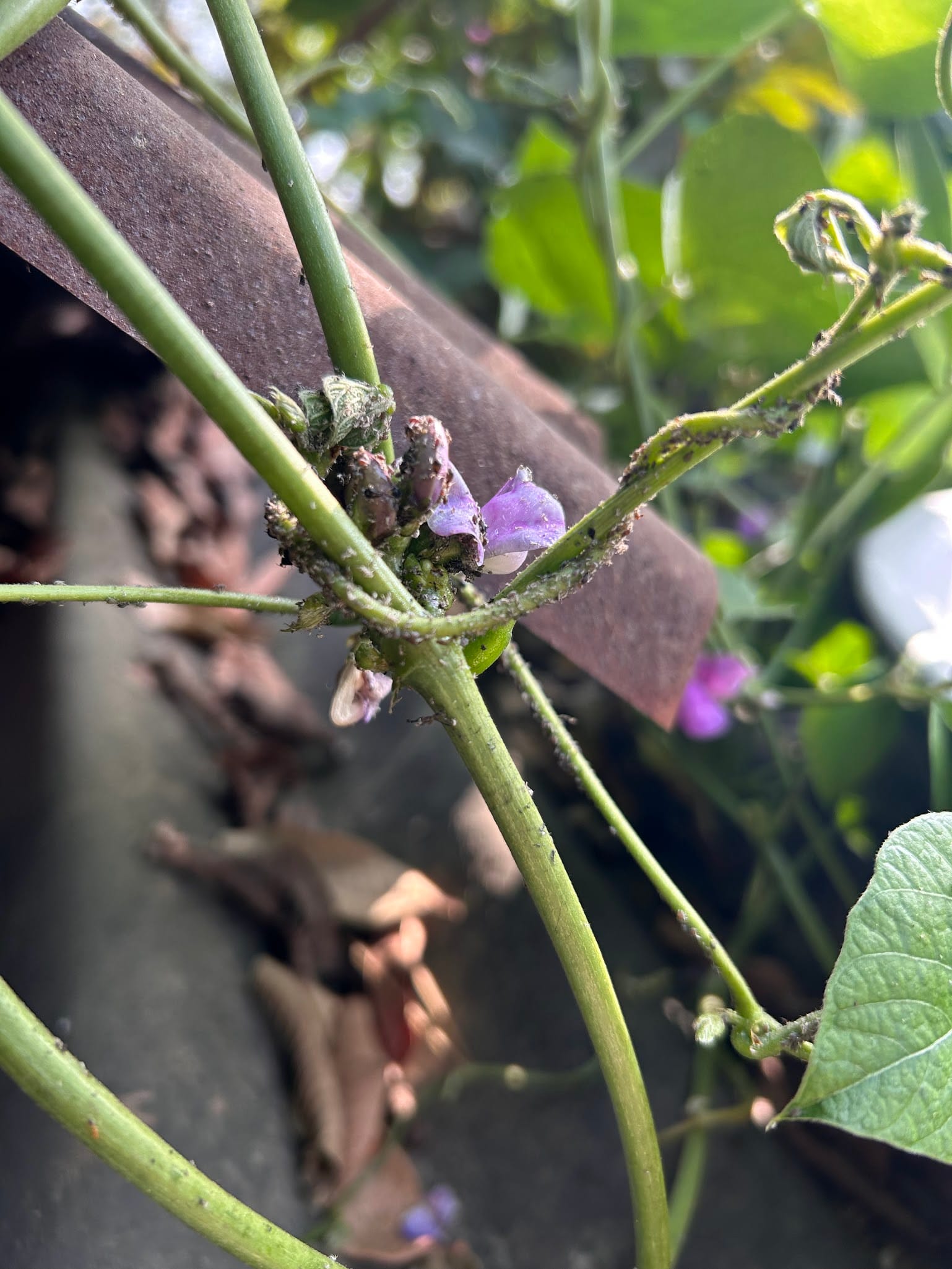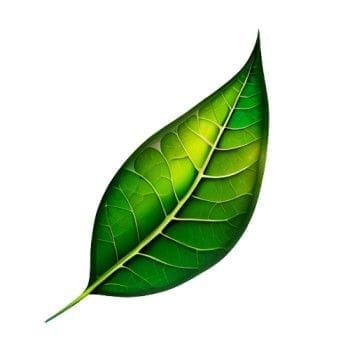
Even if you're a gardener with a busy day job, you're not alone in juggling tasks!
Take the hyacinth bean vine, for example. It's a real multitasker in the garden world. Not only does it add a decorative touch to your space, but it's also a source of food and a favorite spot for butterflies. Plus, it doubles as a lovely natural screen for privacy.
What's more impressive is that it achieves all this with very basic needs. It's not fussy about soil, requires little upkeep, and is kind to your gardening budget.
This versatile member of the legume family, once known as Dolichos lablab, is easy and cost-effective to grow. It thrives in average soil, but it'll be extra grateful for plenty of water and good drainage.
By maintaining a balance where the soil is moist but not waterlogged, this vine stands out from other annual flowering vines that tend to wilt in the heat. Instead, you'll be delighted with a burst of growth in early summer, followed by a season-long display of beautiful blooms and pods.
Quick Reference Growing Guide for Hyacinth Bean Vine
- Plant Type: Tender perennial or annual flowering vine
- Flower/Foliage Color: Pink, purple, white; green
- Native to: Sub-Saharan Africa
- Maintenance: Low
- Hardiness (USDA Zone): 9-11, varies with cultivar
- Tolerance: Drought, humid heat
- Season: Summer/fall bloom
- Water Needs: Moderate
- Exposure: Full sun
- Soil Type: Average, loamy
- Time to Maturity: 90 days
- Soil pH: 6.0-6.8
- Spacing: 6 inches
- Soil Drainage: Well-draining
- Planting Depth: 1.5 inches
- Companion Planting: Marigolds, mums, salvia
- Height: 8-10 feet, up to 25 feet with support
- Uses: Cut flowers, edible flowers, privacy screen
- Spread: 3-6 feet
- Family: Fabaceae
- Growth Rate: Fast
- Genus: Lablab (formerly Dolichos)
- Attracts: Hummingbirds, butterflies, other pollinators
- Species: purpureus
- Common Pests: Longtail skipper caterpillars, Japanese beetles
- Common Disease: Fusarium wilt, common blight, rust
It then blooms profusely, with flowers that resemble sweet peas in purple, white, rose, or light red hues.
Are Hyacinth Beans Safe to Eat?
Growing hyacinth beans in your vegetable garden comes with caution. The young shoots and flowers can be delightful additions to salads or as edible decorations but beware: the mature or dried beans are harmful.
The danger lies in the high levels of cyanogenic glucoside found in the mature beans.
To reduce these levels to a safe amount, which prevents vomiting, breathing difficulties, and potentially seizures, it's crucial to soak and cook the beans thoroughly in fresh water, twice.
If you're considering this, please proceed with great care.
Culinary enthusiasts know that only well-cooked mature hyacinth beans are safe to eat, and they do emit a potent smell during cooking.
However, if you're looking at hyacinth beans as a food source, you're not out of options. You can safely consume the young shoots and blossoms, both of which are tasty in salads or soups.
Cultivation and History
Originating from Africa's tropical regions and dating back to India's New Stone Age, hyacinth beans have a rich history.
In various countries, people consume the young pods raw or steamed, and in Asia, the beans and flowers are even used in noodles or a fermented product similar to tofu.
In India, hyacinth bean leaves are a common addition to curries.
In America, these beans gained fame through Thomas Jefferson, who grew them (or a similar vine) in 1812 at his Virginia plantation, Monticello.
Today, a corner of Monticello's vegetable garden showcases an arbor laden with purple pea flowers and vibrant magenta pods.
In modern times, especially in the South, these beans are grown primarily for their decorative appeal and for creating shade and privacy.
Growing Hyacinth Bean Vines
With large seeds, rapid germination (7-10 days), and stunning purple pods through summer and fall, it's no wonder hyacinth beans are a favorite among beginners and those who prefer low-maintenance plants.
These legumes ask for little: full sun, plenty of water, and well-draining, average soil.
These are not actually true beans, but related to peas, hyacinth bean vines are more drought-tolerant than typical pole beans, especially after they're well-established.
They can withstand high temperatures, particularly humid heat, and in the US, they're often grown as annuals outside USDA Hardiness Zones 10-11. Once established, they'll self-seed.
For home gardeners, the best way to grow hyacinth beans is from seed, either bought or saved from a previous season. Cuttings or plant division aren't an option.
Start when spring weather stabilizes, with night temperatures consistently above 50°F. Plant seeds about an inch and a half deep, keep the soil moist (but not soggy), and ensure proper drainage.
For shorter seasons, consider starting seeds indoors four weeks before the last frost, ensuring they receive enough light until transplanting when temperatures rise.
Hyacinth bean vines excel in hiding unsightly areas or climbing over fences and arbors to provide shade or privacy. However, planning is key.
Choose a spot where the vine can climb, and set up a sturdy, tall support structure at planting time. Guide young seedlings toward the support to prevent ground sprawl and tangling.
Once they reach the top, vines will loop back, creating a canopy of leaves, blooms, and pods.
Growth starts slowly with mostly leaves, but as temperatures rise, the vines grow rapidly, with blooms appearing from mid- to late summer and pods following about 90 days after planting.
Pruning may be necessary for aesthetic reasons or to fit the support. Encourage bushier growth by pinching back seedlings after their first few sets of true leaves. If flower production slows by late summer, rejuvenate the vines by cutting them back, promoting a second bloom.
Always prune carefully, just above a bud node, using sanitized tools.
Managing Pests and Diseases
Hyacinth beans are hardy, generally disease-free, and often overlooked by pests. However, you might encounter:
Japanese Beetles and Longtail Skipper Butterflies: While rare, Japanese beetles may nibble on the leaves, and longtail skipper caterpillars may eat the greenery. Healthy plants can usually recover, but insecticides might be necessary for severe beetle infestations.
Blight, Wilt, and Rust: Common blight, a bacterial disease, appears as water-soaked spots on leaves and stems.
This month I noticed aphids on this vine which ruined new buds and beans.

To treat this you can use ginger spray. I like this home remedy.
You can either use dry ginger powder or boil ginger in water and spray on the vines.
Spotting and Managing Vine Borers
Keep an eye on the lower nodes of your hyacinth bean vines. If vine borers go unnoticed, they can fatally damage the plant by girdling the stem or weakening it to the point of breaking in heavy rain or strong winds.
Dealing with Fusarium Wilt and Rust Disease
Fusarium wilt, caused by the Fusarium oxysporum fungi, first manifests as yellowing of the lower leaves and can eventually impact the entire plant, even stunting the growth of young vines.
Rust disease, caused by a fungal parasite, can give hyacinth bean plants a burnt or scorched appearance, affecting everything from shoots and leaves to the beautiful purple pods. Signs like wilted leaves and misshapen or small pods can also indicate rust.
To prevent these diseases, ensure your hyacinth beans have good air circulation. Fungal diseases thrive in moisture, so avoid watering from above and handle the plants when they're dry. Growing in partial shade might increase the risk of fungal disease and also result in slower growth and fewer blooms.
If blight or wilt sets in, applying a copper-based bactericide or suitable fungicide every 7-10 days can help control the symptoms. For rust, remove infected parts with tools cleaned in a bleach and water solution, then treat the vine with copper-based fungicide or neem oil. Keep a close watch for any recurrence of rust.
Growing Tips
- Soak seeds for 6-8 hours or overnight in warm water to expedite germination.
- Provide support for these climbers; a wooden lattice or wire fence works well. No fence? Chicken wire around pillars is a good alternative.
- Encourage growth by guiding young tendrils to the support with twine.
- Don't worry about fewer seeds in your order; a few plants are enough to cover an arbor or fence. Save seeds for next year's planting.
Where to Find Hyacinth Bean Vine Seeds
Hyacinth bean seeds are available under various labels from major seed houses and online, including:
- Eden Brothers for a variety of packet sizes.
- Specialty cultivars like ‘Ruby Moon’ with pink flowers and purple pods from heirloom seed companies or Seed Savers Exchange.
- ‘Silver Moon’, producing white flowers and green pods, available at Burpee.
Greenhouses and small farms might sell transplants, or you can save your own seeds from successful previous growths. If you leave mature plants, they will drop seeds for natural reseeding. To prevent this, remove the vines after frost or before they release all their seeds.
Harvesting Tips and Best Uses
Harvest young shoots and leaves for immediate consumption or salads. The large, starchy tubers of mature plants are edible when baked or steamed but harvesting them will end the plant's life.
In USDA Zones 8-11, you might overwinter the roots for later consumption by cutting the vines short and covering them with straw mulch.
The flowers are edible and pesticide-free, perfect for garnishing dishes. Consume them fresh for the best experience.
A Note of Caution
Mature beans and pods contain harmful cyanogenic glucosides. Consult an expert and process them properly if you plan to consume them.
Florists often use the stalks with magenta pods in arrangements. These can also be crafted into natural napkin rings, adding a unique touch to table settings.
Tap Into Purple Power!
Are you ready to add this vibrant, fast-growing vine to your garden? The hyacinth bean is perfect whether you're aiming to attract butterflies, create a dramatic arbor, or establish a beautiful privacy screen.
Don't forget to try some of the sprouts, or add the stunning blooms to a summer salad or dessert for an extra touch of beauty.
If you discover any additional uses for this versatile, twining plant, feel free to share in the comments. And for those captivated by this purple climber, explore other flowering vines that can transform your garden into a picturesque and tranquil retreat.
